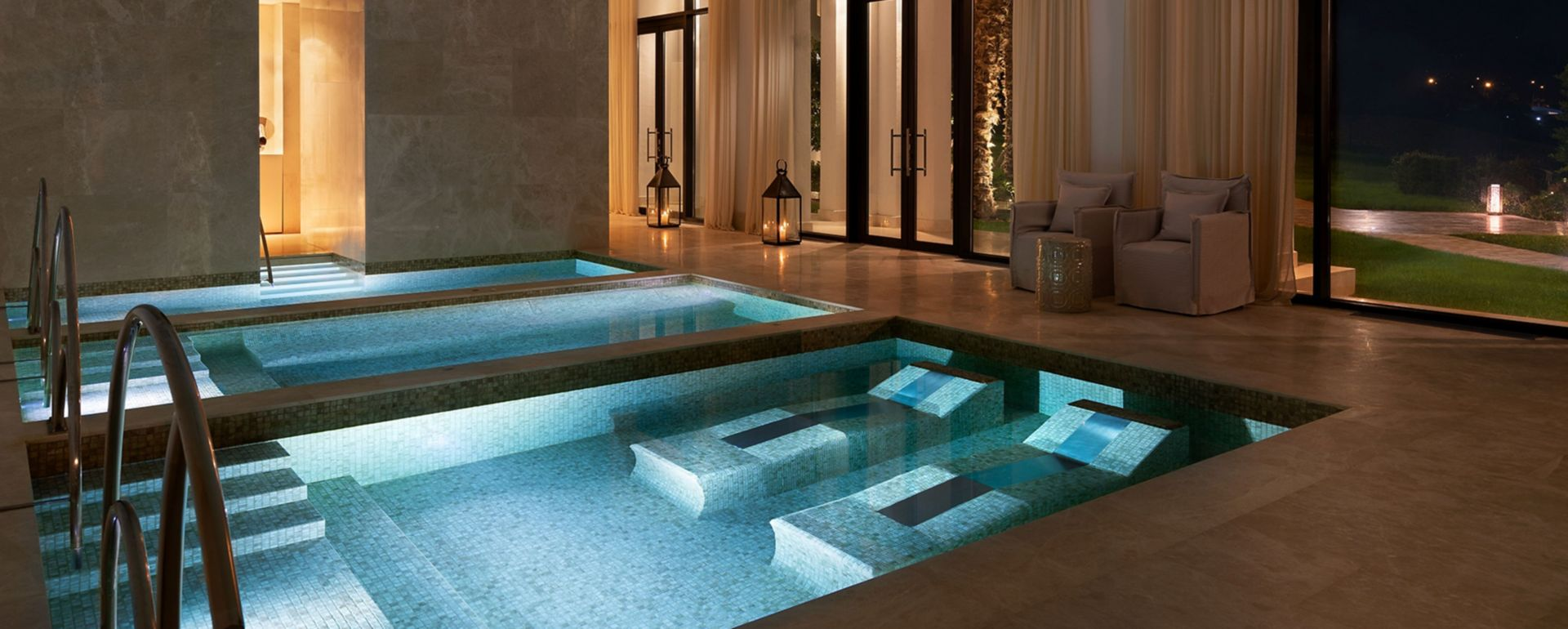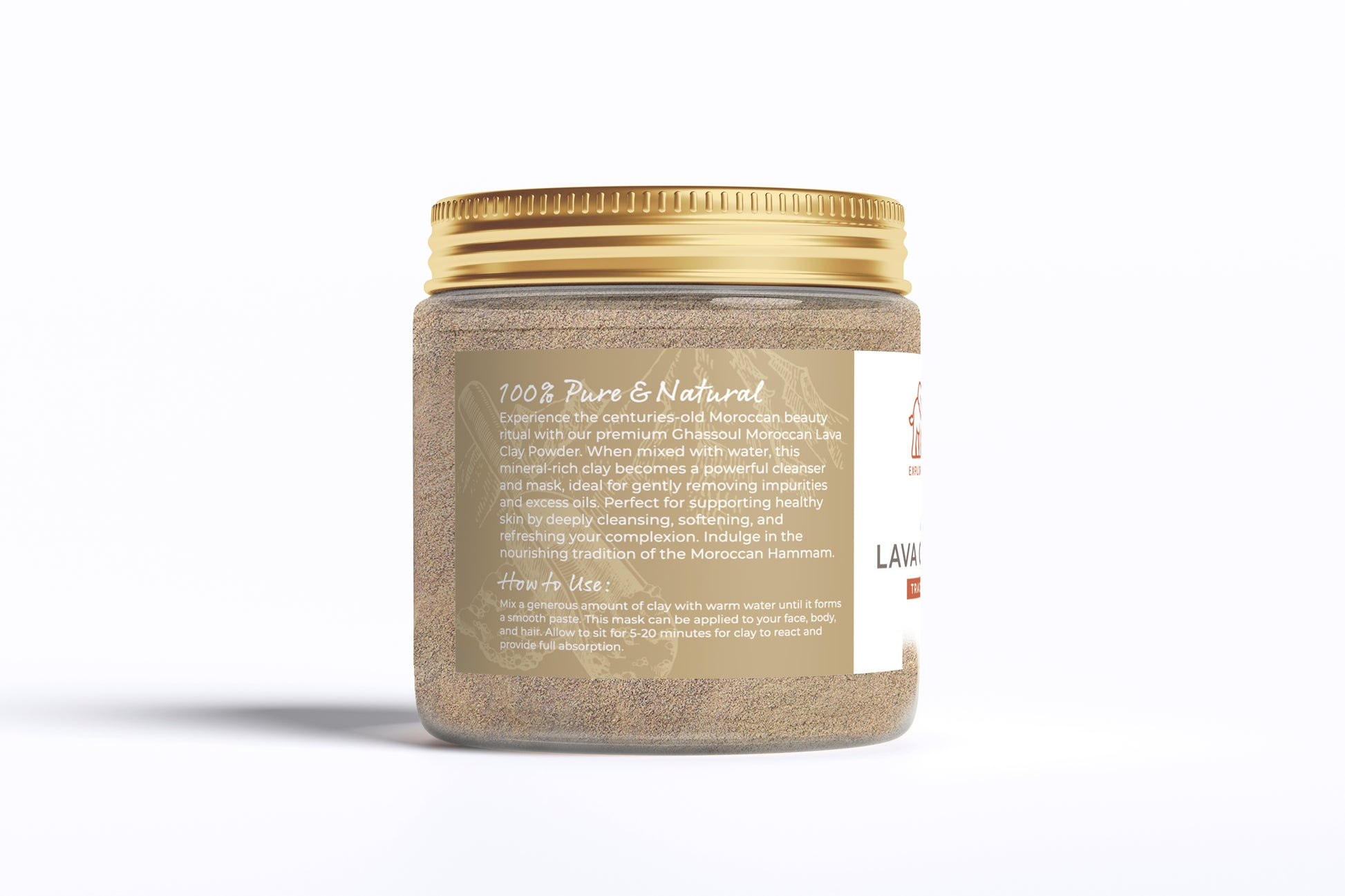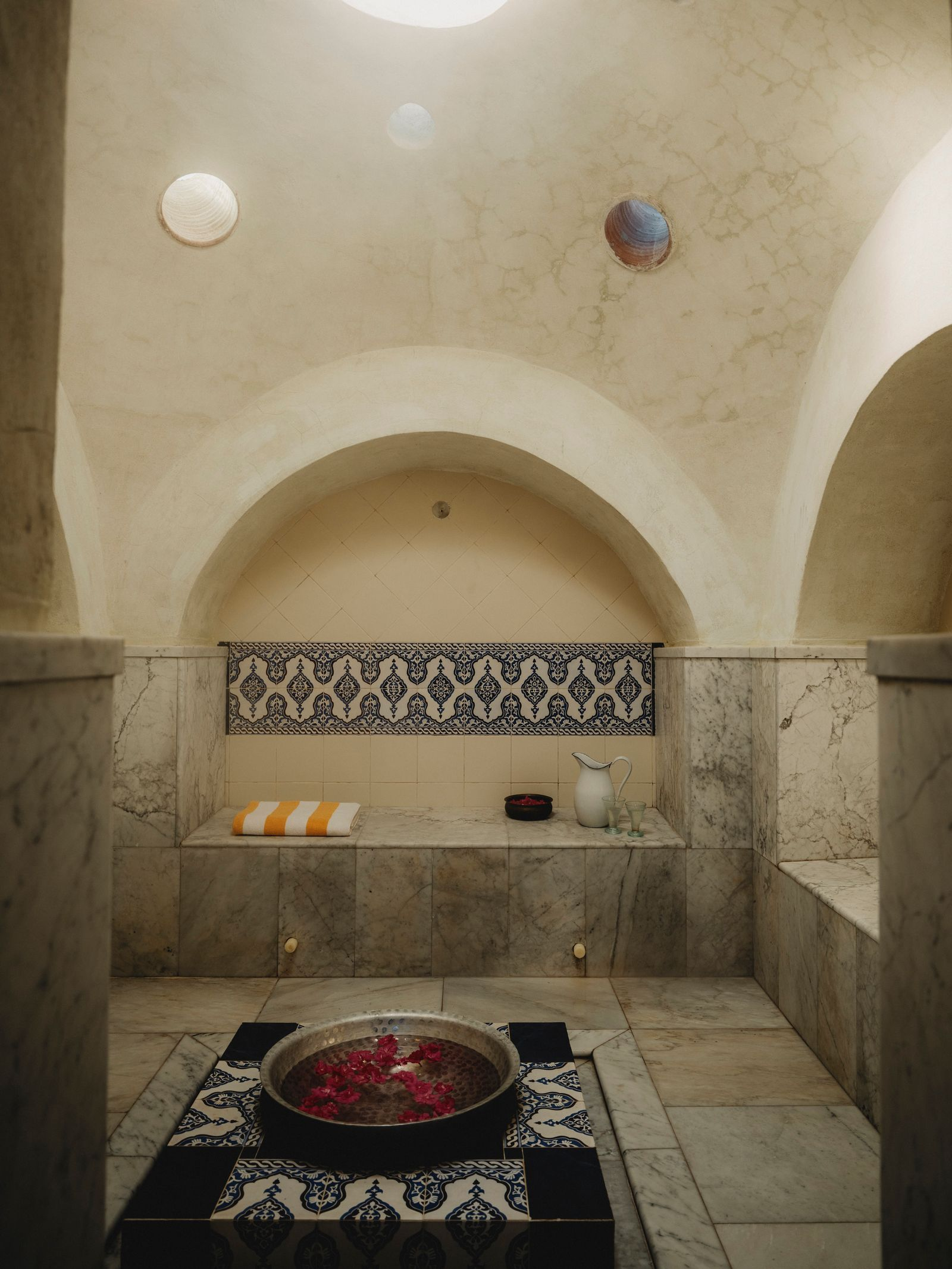- Published on
Unveiling the Ancient Secrets of Moroccan Hammam Traditions and Ghassoul Clay Treatments
- Authors

- Name
- Adil ABBADI
Introduction
In the heart of Morocco, where ancient traditions meet modern indulgence, lies the revered institution of the hammam. For centuries, this sacred space has been a cornerstone of Moroccan culture, where social bonding, relaxation, and rejuvenation come together in perfect harmony. At the core of this revered tradition lies the majestic ghassoul clay, a natural wonder that has been cherished for its medicinal and cosmetic properties. In this article, we'll embark on a journey to uncover the ritualistic significance of Moroccan hammam traditions and ghassoul clay treatments, exploring their cultural context, traditional practices, and modern adaptations.

- Cultural Context
- Traditional Significance
- Modern Relevance
- Cultural Preservation
- Conclusion
- Cultural Call-to-Action
Cultural Context
The origins of the hammam date back to the Roman Empire, but it was the Arabs who introduced the concept to Morocco in the 7th century. Over time, the hammam evolved into an integral part of Moroccan culture, becoming a social hub where people would gather to relax, gossip, and share stories. The hammam was not only a place for physical cleansing but also a space for emotional and spiritual rejuvenation. In traditional Moroccan society, the hammam played a crucial role in preparing women for marriage, as it was believed to purify and beautify the body and soul.
Traditional Significance
At the heart of the hammam ritual lies the majestic ghassoul clay, a natural wonder extracted from the Atlas Mountains. This miraculous clay has been used for centuries to detoxify, nourish, and soften the skin. In traditional Moroccan hammams, ghassoul clay is mixed with warm water to create a rich, velvety paste, which is then applied to the body. The clay is left to work its magic, drawing out impurities and excess oils, before being rinsed off with warm water. This ancient ritual is not only a testament to Morocco's rich cultural heritage but also a celebration of the country's natural bounty.

Modern Relevance
In modern times, the traditional Moroccan hammam has undergone a metamorphosis, adapting to the demands of contemporary spa-goers while remaining true to its cultural roots. Luxury spas and riads across Morocco now offer ghassoul clay treatments, often infused with modern twists such as essential oils and exfoliating techniques. These innovative adaptations have not only helped to preserve the traditional hammam ritual but also introduced it to a new generation of enthusiasts.
Cultural Preservation
Efforts to preserve and promote Morocco's hammam traditions are underway, with many local initiatives focused on educating visitors about the cultural significance of this ancient ritual. The Moroccan government has also launched initiatives to protect and restore traditional hammams, recognizing their importance as cultural heritage sites. As a result, many historic hammams have been restored to their former glory, providing a unique and immersive experience for visitors.

Conclusion
The ritualistic hammam traditions and ghassoul clay treatments of Morocco are a testament to the country's rich cultural heritage and its ability to adapt to modern times. As we delve deeper into the mysteries of this ancient ritual, we are reminded of the importance of preserving our cultural traditions and honoring our heritage. By embracing the beauty and significance of Morocco's hammam traditions, we can experience a deeper connection to the country's history, people, and natural wonders.
Cultural Call-to-Action
As you embark on your own Moroccan adventure, we invite you to immerse yourself in the majesty of the hammam tradition. Visit a traditional hammam, indulge in a ghassoul clay treatment, and let the ancient secrets of Morocco's cultural heritage envelop you in serenity and relaxation. By doing so, you'll not only experience the ultimate in relaxation but also contribute to the preservation of Morocco's rich cultural heritage.
